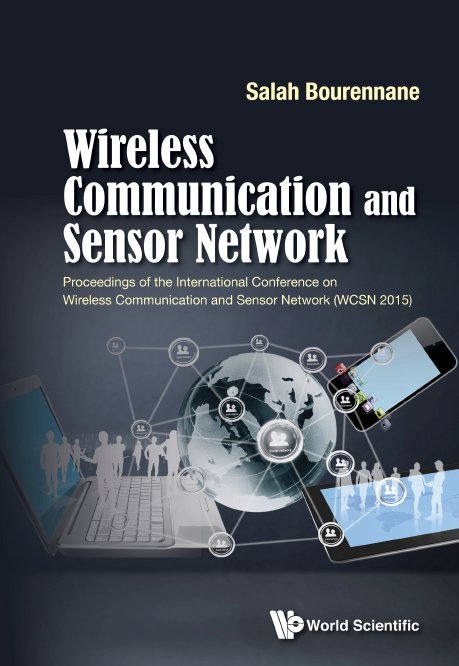Research on MAC protocol of wireless LAN
Wireless local area network (LAN) is based on the IEEE 802.11 protocol standard and defines the MAC protocol, which can be used to solve the problem of the sharing of wireless LAN channels between competing nodes. The basic way of accessing the MAC protocol is through the distributed coordination function (DCF), which uses carrier sense multiple access with collision avoidance (CSMA/CA), as well as the Request to Send / Clear to Send (RTS/CTS) mechanism, which reduces frame collisions introduced by avoidable hidden node and exposed node problems. This article discusses the hidden node and exposed node problems. NS2 simulation software is used to study and analyse the hidden node problem, and the results are subsequently analysed so as to determine how they may be applied to improve network performance.



